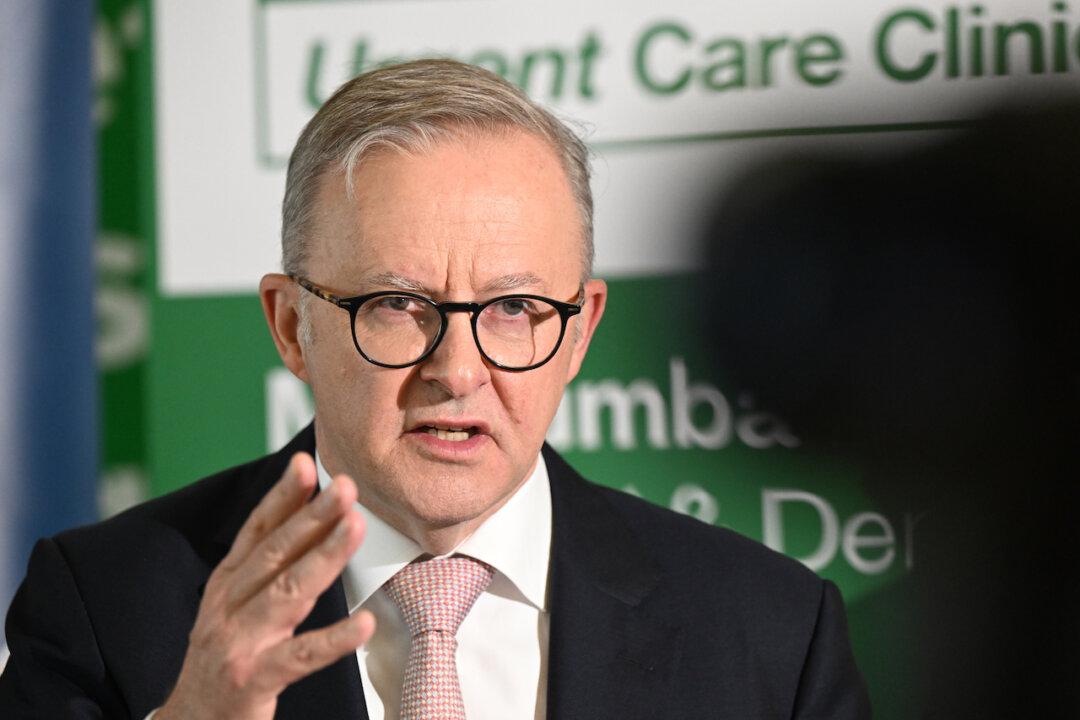Almost three-quarters of urgent care clinics across Australia are currently operating fewer hours than required, a Senate estimates committee session revealed on Feb. 16.
Urgent Care Clinics—centres providing care for medical issues that are urgent, but not an emergency—were promised by the Albanese government during the 2022 election campaign to help ease pressure on stretched emergency departments.





